
4 Amazing Facts About Space and Astronomy
Featured News
Exploring Astronomy and Space



SPECIAL ISSUES AND MORE
Astronomy for Beginners – All You Need to Know to Get Started with This Hobby
Astronomy for Beginners – All You Need to Know to Get Started with This Hobby
4 Amazing Facts About Space and Astronomy
Methods of Observational Astronomy

Tips for Stargazers
Telescopes For Astronomy: A Complete Guide With Tips And Techniques For The Sky


Astronomy & Space news
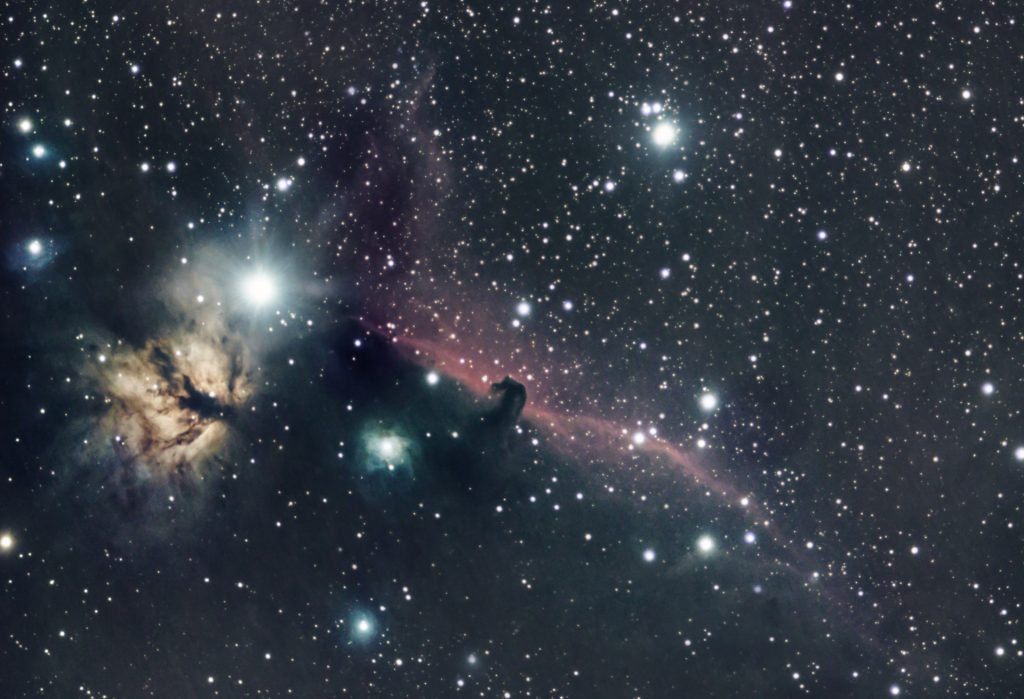
4 Amazing Facts About Space and Astronomy

Methods of Observational Astronomy
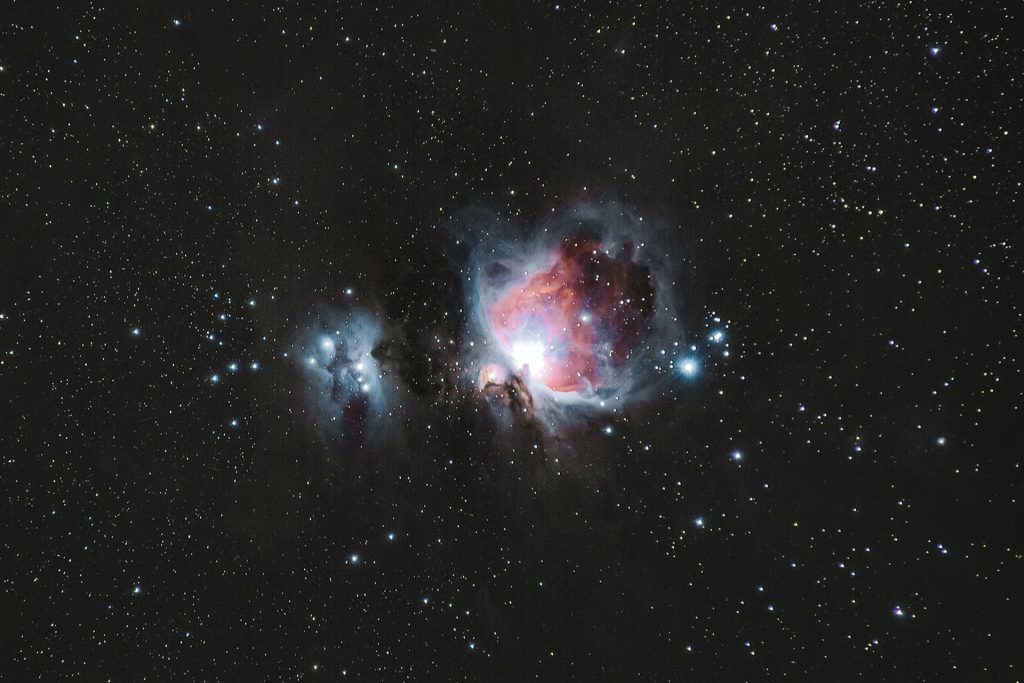
Applications of Astronomy in Everyday Life



A Beginner’s Guide To Observing: Tips For Using Your New Telescope

Telescopes For Astronomy: A Complete Guide With Tips And Techniques For The Sky

Astronomy for Beginners – All You Need to Know to Get Started with This Hobby

Astronomy for Beginners – All You Need to Know to Get Started with This Hobby

Most Viewed

Astronomy for Beginners – All You Need to Know to Get Started with This Hobby

4 Amazing Facts About Space and Astronomy

Methods of Observational Astronomy
LATEST FROM OUR BLOG

Astronomy for Beginners – All You Need to Know to Get Started with This Hobby
If you are a newbie to astronomy, you may wonder how to get started. There are several good ways to start learning about the sky. First, you can observe with binoculars or a telescope. Once you have an instrument, you should create an observation logbook and take pictures of what you see. This will help you identify the objects that you observe. In addition, you can also read about the different types of telescopes that are available on the market. Read on to learn more in detail:
Observational astronomy
If you’re new to astronomy, there’s an excellent resource for you on the Internet: Observational astronomy for beginners. This book includes practical projects anyone can complete independently or with a partner. It’s designed to accommodate varying skill levels, from novice to advanced. Beginners can start with basic tasks and progress to more difficult ones as they gain more knowledge.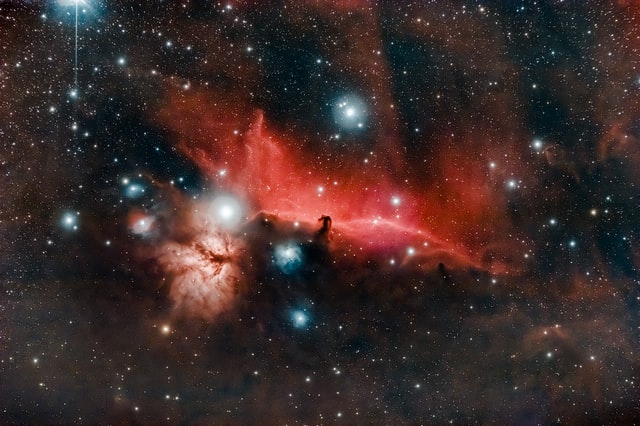
As a beginner, observational astronomy requires only the bare minimum preparation. Since this activity is typically performed at night, it’s important to dress warmly for the weather. Humidity and cold are two common deterrents for beginners. Sitting is a better option, as it allows you to focus on the eyepiece without constantly moving. Observational astronomy for beginners should be a fun hobby.
The goal of observational astronomy is to observe celestial objects and collect data about them. Observational astronomy is much simpler than theoretical astronomy, which focuses on possible modelling futures based on celestial measurements.
In addition to observations, observational astronomy includes applications of physics and chemistry to study celestial phenomena. Other disciplines include astrometry, which measures celestial objects, and astrogeology, which studies the materials that come from space.
Binoculars
When you buy binoculars for astronomy, you want to ensure that the glass is coated. Generally, uncoated glass reflects light in a white manner, which will degrade the image quality. The lenses of a good pair of binoculars are coated; likewise, the lenses of an average pair of binoculars are coated. You can tell if the glass is coated or uncoated by the color of its reflections.
It is easy to find a good pair of astronomy binoculars that are designed for the beginner to observe the night sky. They will allow you to see bright nebulae, star clusters, and planets. Make sure to choose one that is ideal for amateur astronomers, as it will enable you to see faint objects and the outline of large celestial bodies.
Telescopes
There are several different telescopes on the market for the beginning astronomer. Celestron STAR LABS telescopes are perfect for beginners but aren’t designed for experienced astronomers.
This telescope features a 127mm aperture, a lightweight 28-pound body, and two eyepieces – a 10mm and a 25mm. This telescope comes with two replaceable eyepieces and two different magnification levels, allowing for a greater range of views.
Beginner telescopes are available in two main designs: refractor and digital. Refractors use a glass lens to focus the light on a prism or diagonal mirror. The result is a clear image, ideal for viewing the surface of the moon and planets.
Refractors are also great for daytime use and are very low-maintenance. But if you’re an advanced astronomer, you’ll need a larger, more powerful telescope to take on the challenging task of viewing Neptune and Uranus.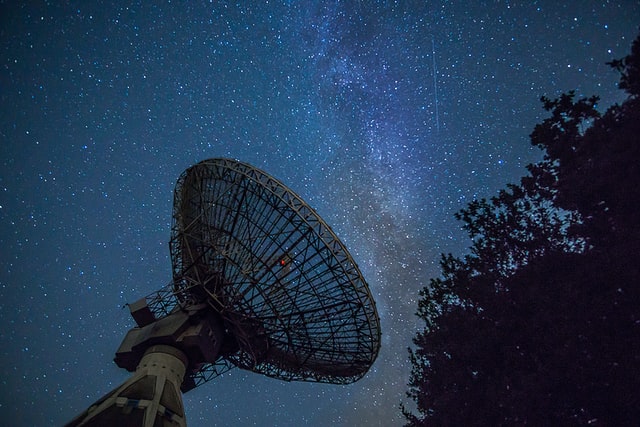
Observing logbook
An observing logbook for beginners in astronomy is a good way to begin learning about the night sky and keeping track of your favorite astronomical objects. You can write down all the details about the activity. Keeping a logbook is a great way to increase your astronomical knowledge and have more fun.
It can be a little time-consuming, but the process will soon become second nature. When you first begin, write down the time and location of each observing session. You can make entries as short as one line or as detailed as two pages. It’s up to you how detailed you want to be! Observations can be recorded in local time, Universal Time, or both.

Astronomy for Beginners – All You Need to Know to Get Started with This Hobby
If you are a newbie to astronomy, you may wonder how to get started. There are several good ways to start learning about the sky. First, you can observe with binoculars or a telescope. Once you have an instrument, you should create an observation logbook and take pictures of what you see. This will help you identify the objects that you observe. In addition, you can also read about the different types of telescopes that are available on the market. Read on to learn more in detail:
Observational astronomy
If you’re new to astronomy, there’s an excellent resource for you on the Internet: Observational astronomy for beginners. This book includes practical projects anyone can complete independently or with a partner. It’s designed to accommodate varying skill levels, from novice to advanced. Beginners can start with basic tasks and progress to more difficult ones as they gain more knowledge.

As a beginner, observational astronomy requires only the bare minimum preparation. Since this activity is typically performed at night, it’s important to dress warmly for the weather. Humidity and cold are two common deterrents for beginners. Sitting is a better option, as it allows you to focus on the eyepiece without constantly moving. Observational astronomy for beginners should be a fun hobby.
The goal of observational astronomy is to observe celestial objects and collect data about them. Observational astronomy is much simpler than theoretical astronomy, which focuses on possible modelling futures based on celestial measurements.
In addition to observations, observational astronomy includes applications of physics and chemistry to study celestial phenomena. Other disciplines include astrometry, which measures celestial objects, and astrogeology, which studies the materials that come from space.
Binoculars
When you buy binoculars for astronomy, you want to ensure that the glass is coated. Generally, uncoated glass reflects light in a white manner, which will degrade the image quality. The lenses of a good pair of binoculars are coated; likewise, the lenses of an average pair of binoculars are coated. You can tell if the glass is coated or uncoated by the color of its reflections.
It is easy to find a good pair of astronomy binoculars that are designed for the beginner to observe the night sky. They will allow you to see bright nebulae, star clusters, and planets. Make sure to choose one that is ideal for amateur astronomers, as it will enable you to see faint objects and the outline of large celestial bodies.
Telescopes
There are several different telescopes on the market for the beginning astronomer. Celestron STAR LABS telescopes are perfect for beginners but aren’t designed for experienced astronomers.
This telescope features a 127mm aperture, a lightweight 28-pound body, and two eyepieces – a 10mm and a 25mm. This telescope comes with two replaceable eyepieces and two different magnification levels, allowing for a greater range of views.
Beginner telescopes are available in two main designs: refractor and digital. Refractors use a glass lens to focus the light on a prism or diagonal mirror. The result is a clear image, ideal for viewing the surface of the moon and planets.
Refractors are also great for daytime use and are very low-maintenance. But if you’re an advanced astronomer, you’ll need a larger, more powerful telescope to take on the challenging task of viewing Neptune and Uranus.

Observing logbook
An observing logbook for beginners in astronomy is a good way to begin learning about the night sky and keeping track of your favorite astronomical objects. You can write down all the details about the activity. Keeping a logbook is a great way to increase your astronomical knowledge and have more fun.
It can be a little time-consuming, but the process will soon become second nature. When you first begin, write down the time and location of each observing session. You can make entries as short as one line or as detailed as two pages. It’s up to you how detailed you want to be! Observations can be recorded in local time, Universal Time, or both.

4 Amazing Facts About Space and Astronomy
Did you know that our solar system is enormous? You probably know that Pluto has ice-spewing volcanoes. Or that Mars has a grand canyon the size of the United States. Whether you’ve always wondered how many stars are out there, or you’re just curious to know more about the planets, this article has you covered. Here are a few of the most amazing facts about space and astronomy.
Cool facts about comets
While stargazing, you might be wondering what exactly comets are. These tiny objects orbit the sun in an elliptical pattern and have long periods. As they approach the sun, the ice, dust, and gas inside them boil off, forming a cloud known as the coma. The coma is a beautiful ethereal substance, often made of ice and dust.
In addition, comets also have a tail that extends for millions of miles. The solar wind pushes tiny particles in their coma into the ion tail, which is made of electrically charged molecules. Comet tails are also known to spray planets, as one came close to Mars in 2013.
Planets with plate tectonics
While the Earth has a plate tectonics system, scientists find evidence of this activity on Jupiter’s moon Europa. Scientists have long believed Earth is the only body in our solar system with a plate tectonics system. This discovery makes Europa the best candidate for alien life. The study is based on computer models, which can be used to identify factors that lead to thicker crusts.
Long-term plate tectonics is critical for sustaining habitability on a planet. Without it, life could not have evolved. This dynamic process recycles the crust and mantle over geological timescales, making planets with plate tectonics more likely to harbor life.

Number of moons in the solar system
The Solar System has two kinds of moons – regular and irregular. Regular moons orbit their parent planet in the same direction. Irregular moons orbit in opposite directions and lie at extreme angles to the equator. They were most likely captured from space and had very small diameters. The size of the moons varies from planet to planet. In general, the smaller the moon, the more distant it is from the primary.
The Solar System contains 213 moons. Of these, 205 orbit the “full-sized” planets, while eight orbit “dwarf” planets. The number of moons is still unknown, but there is a general pattern. Some planets have multiple moons, and some have none at all. It is not uncommon for a planet to have several dozen moons, if not more.
Number of stars in the universe
The number of stars in the universe is incalculable, but it is estimated to be at least 70 trillion, or 70,000 billion. That’s a thousand times the universe’s age, which is believed to be 13.8 billion years old.
The estimated number of stars in the universe is difficult to calculate because they are far apart and cannot be observed directly. Despite this, many scientists believe that there are millions of billions of stars.
However, this number is a rough estimate since stars aren’t scattered randomly in space. Instead, they are grouped into vast groups called galaxies. Our galaxy, the Milky Way, contains one hundred million stars, and astronomers estimate that there are billions upon billions of other galaxies. Counting the number of stars in the Universe is like counting the sand grains on a beach.

Applications of Astronomy in Everyday Life
How can astronomy influence your everyday life? There are many ways astronomers use their knowledge, from scientific research to art. Observation of the heavens and stars gives us a sense of confidence in our Universe. These applications of astronomy are fascinating and provide us with a deeper understanding of the world we live in. Here are just a few examples.
Applications of astronomy
Astronomers often work with code, and their studies of space have influenced software development. The use of astronomy software has led to many breakthroughs in technology and medicine. Astronomers develop various programming languages and have made contributions to medical research. Space-based telescopes require an extremely clean environment free of dust, particles, and debris. This cleanroom protocol is similar to that used in pharmaceutical laboratories. It can be applied in many ways to everyday life.
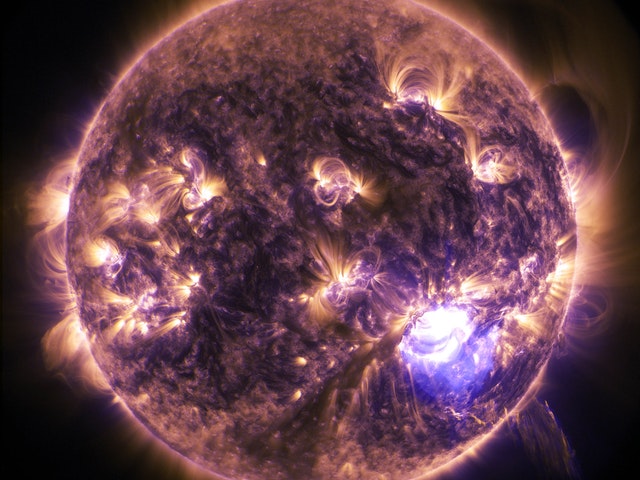
Scientific research
The activities mentioned in this article are connected to scientific research in astronomy. Most of them have been initiated by research-oriented astronomers. Such informal exposure to the wonders of the universe may encourage people to pursue science and technology careers. Furthermore, the creation of new objects and discoveries through astronomical research may increase the scientific awareness of the general public.
Technology transfer to industry
While the study of the Universe is a fundamentally challenging endeavor, the technological innovations derived from astronomy are now being applied to our everyday lives. These technologies have been transferred from astronomy to the fields of physics, electronics, and computer science. This technology spin-off is a direct benefit of science and is an important example of the role of technology transfer to industry.
Art
Throughout history, the sky has inspired art, music, and religion. We are fascinated by the beauty and vastness of the universe, and astronomy can give us a sense of wonder as well as a way to explore the secrets of the cosmos. This knowledge can also change the way we view our everyday lives. The stars are fascinating and mysterious, and the science behind them can change our perspective on everything around us.
Music
A graduate student at Northwestern University has combined his love of astronomy with music. This week the Bienen School of Music Brass Ensemble will play a seven-part orchestral suite, “The Planets,” while visualizations of the planets are projected on a 20-foot screen. The project is the brainchild of Kyle Kremer, a graduate student in astronomy and music, and is sponsored by the university’s Center for Interdisciplinary Exploration and Research in Astrophysics.
Religion
Religion and astronomy have long been related. The television show Cosmos has featured putdowns against religion. Similarly, Giordano Bruno was burned at the stake in 1600 for his belief in life among the stars. And if you think you’re familiar with the topics of religion and astronomy, why not learn about the many ways that religion and astronomy are interrelated.
X-ray imaging
X-rays are images of structures within our bodies. They pass through our bodies and are absorbed in varying amounts. Dense materials like our bones and muscles appear white while the air in our lungs appears black. Soft tissue and joints appear in varying shades of gray. Physicians use x-ray imaging to assess diseases and develop treatment plans for patients.
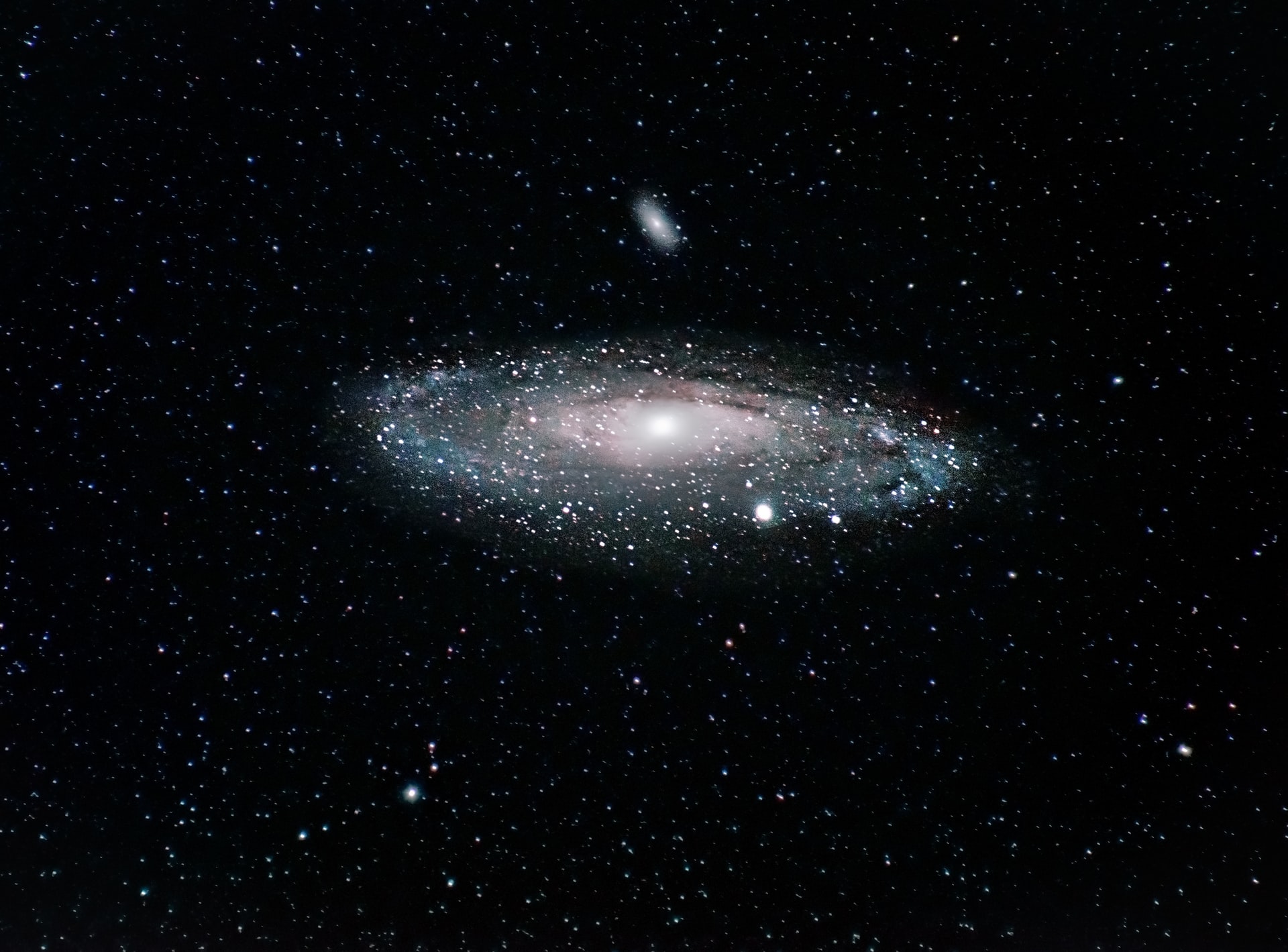
Exploring Astronomy and Space
The fascination with outer space can be an endless source of curiosity. You can explore our solar system and our stars, and even galaxies and other wonders of the universe. Whether you are an amateur astronomer or a professional, there’s an activity out there for you. Here’s a brief primer on how observational astronomy works.
Observational astronomy
Observational astronomy is the study of the sky. The Hubble Space Telescope, one of the most advanced observatories in the world, allows scientists to study sources in spectral regions absorbed by Earth’s atmosphere. They can image at the diffraction limit. Observational astronomy is a specialized field with many facets, from space exploration to the study of the universe.
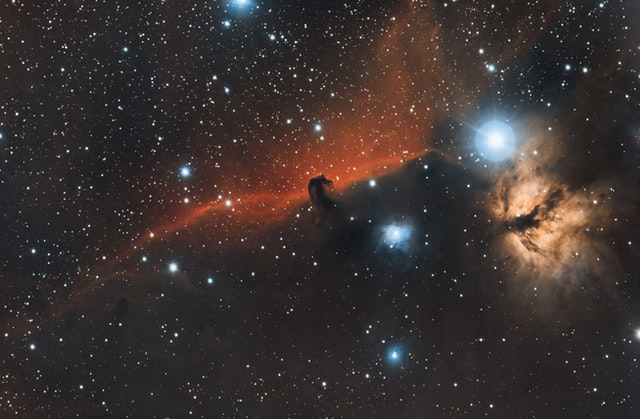
Today, observational astronomy has advanced to a point where astronomers no longer need to be stargazers to conduct research. They can request observations remotely and download the images and data the next day. Thanks to space telescopes, astronomers are now able to study the skies without spending months stargazing. In addition to astronomical observations, the study of space phenomena has made it possible to understand the inner workings of the universe.
The branches of astronomy
The two main branches of astronomy involve observational astronomy and theoretical astrophysics. Observational astronomy is concerned with gathering data about celestial objects, using instruments with optical components. The visible light astronomy branch focuses on objects observable to the human eye (wavelengths 400 – 700 nm). Similarly, theoretical astronomy uses high-energy electromagnetic waves and x-rays to investigate the universe.
Since the 1960s, observational astronomy has evolved tremendously. New telescopes in the ground, and space, were launched. Observational astronomy was transformed when astronomers were able to see cosmic rays and the entire electromagnetic spectrum. High-resolution images were also obtained through interferometer arrays, which enabled scientists to capture images at optical and radio wavelengths. In addition, new space instruments are being developed to observe planets around other stars.
In February 2019, a new dwarf planet was discovered. Named FarFarOut, the new dwarf planet was found very quickly after the previous one. The object was discovered at an astronomical distance of about 120 astronomical units (AU) or 140 AU. Its orbit is approximately 1,000 Earth years across. If this discovery is true, the new dwarf planet would be orbiting the sun in a thousand Earth years.
Observational astronomers
The work of observational astronomers involves travel to various observatories around the world. Some observatories are located in Hawaii, Puerto Rico, Europe, Australia, Chile, and even the South Pole. Observational astronomers read lots of publications, including The Astrophysical Journal, to learn about new subjects. They also stay abreast of major developments in astronomy and space. Many astronomers begin their workdays by checking for new articles about astronomy in the online open access archive arXiv.
Observational astronomy is a subset of astronomy. It focuses on collecting data about celestial objects. Observational astronomers observe and document celestial objects with the use of telescopes and other astronomical instruments. However, a theoretical astronomer uses computer models and other methods to understand the universe. The field of astronomy is a diverse one, with various branches focusing on different subjects.

The exciting spectrograph
The spectrograph is one of the most vital instruments used by observational astronomers. The spectrograph allows astronomers to determine the specific properties of distant celestial bodies using the wavelengths that the elements absorb. It has helped astronomers to discover helium, which has been found in the Sun’s emission spectrum. These instruments are also used to measure the radial motion of objects and their distances to Earth.
Until the 1960s, most astronomical observations were carried out using ground-based observatories. These telescopes were usually constructed at high altitudes to minimize atmospheric distortion. In the 1980s, telescopes of the 4-m class were built in both hemispheres. They were equipped with effective detectors and enabled observational astronomy to grow exponentially. They were the first telescopes to reach the moon!

